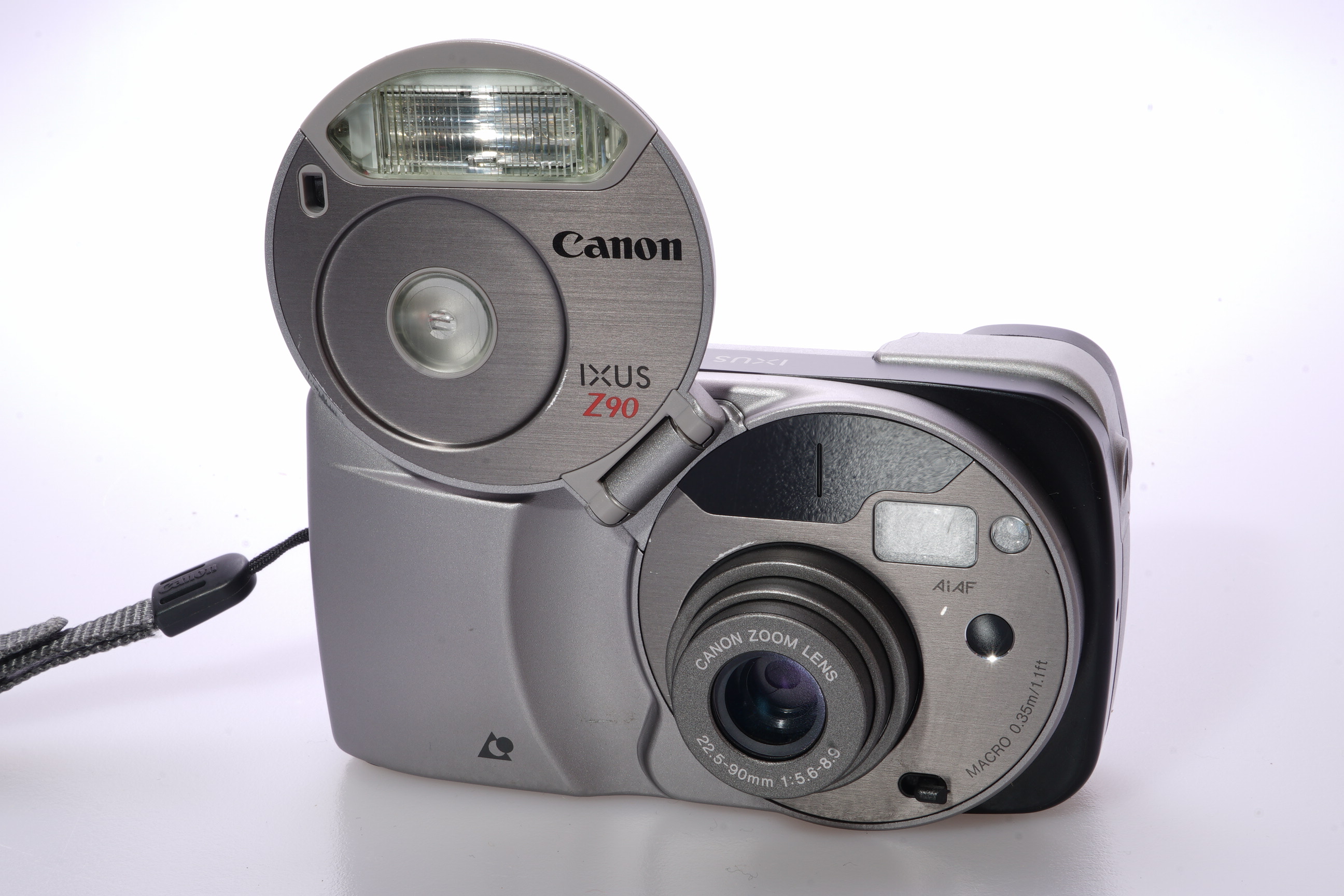

Although APS-C and full-frame cameras can share many of the same lenses, the visual effect they provide is different. The size of the sensor also changes the amount of the scene captured by the camera.
Aps camera meaning full#
However, full-frame cameras have another trick up their sleeve: dynamic range.įull-frame cameras, thanks to the larger pixels, have a broader dynamic range in general (though other factors do play a part), making them better equipped to capture the full brightness range of a scene that features both extreme areas of dark shadows and bright highlights, as well as midtones. In a lot of instances however, if you were to shoot at low sensitivities with both full-frame and APS-C camera that shared the same resolution, the amount of detail recorded would be very hard to tell apart.
Aps camera meaning iso#
Both the 45.4MP Nikon D850 and 42.2MP Sony Alpha A7R III are brilliant examples of this, managing to deliver excellent high ISO results while featuring densely populated sensors. The larger physical dimensions of a full-frame sensor mean it's also possible to increase the number of pixels on the chip without seeing this high ISO performance suffer. However, full-frame cameras have another trick up their sleeve: dynamic range This means full-frame sensors typically produce better quality images at higher ISO sensitivities, as the larger individual pixels can capture more light, resulting in less unwanted electronic noise encroaching into images. While APS-C and full-frame cameras can now share an almost identical resolution – Nikon's APS-C 20.9MP D500 and full-frame 20.8MP D5 is just one example, full-frame sensors are crucially more than two-and-a-half times bigger, which allows for much larger individual pixels (or if we're getting technical, photosites) compared to an APS-C sensor that shares the same resolution. Perhaps the biggest advantage of going full-frame is image quality. Don't get us wrong though – these are still very capable cameras that can achieve some brilliant results, while Sony's Alpha A7 III is even better, delivering top quality images with a performance to rival cameras costing quite a bit more. These DSLRs both offer full-frame sensors, but don't have quite the same ultra-rugged build and top-line performance as their stablemates. Not everyone wants (or can afford) all of these advanced features, which is why we've seen some relatively affordable full-frame cameras in recent years, with the likes Canon EOS 6D Mark II and Nikon D750 springing to mind. Because full-frame cameras are primarily aimed at professionals and keen enthusiasts, there's a certain expectation as to the level of performance, features and build that these cameras should have, which again all comes at a price. For starters, the added production cost of the bigger sensors (and the lower volume of production) is one area that forces cost up.
Aps camera meaning upgrade#
In most cases, if you want to upgrade to a full-frame DSLR or mirrorless camera, prepare to pay a premium. Sensor sizes explained: what you need to know.Common APS formats are listed in the table below.Sure, size has certain advantages, but there are also distinct drawbacks to making the switch up to a full-frame DSLR or mirrorless camera. The APS measurement system originates in 35 mm SLR & DSLR camera standards.

When image sensors exceed 4/3”, the APS (Advanced Photo System) format standard is used to describe the size of sensors instead of the inch-based format. The 1” = 16mm conversion factor allows the quick calculation of the modern day inch format sensor diagonals seen in the table below. This format standard survived the conversion to solid state image sensors (CCD and CMOS sensors) even though the corresponding vidicon tube was gone. This resulted in the seemingly odd image sensor inch format: 1” = 16mm. The sensor was commonly referred to as a 1” sensor and shortly thereafter it was commonly known that a 1” sensor had an imaging diagonal of 16mm. The outside diameter of the vidicon tube was equal to 1” and the imaging area of the tube was 16mm diagonal. The inch-based image sensor format originated in the 1950’s and stems from the physical size of the vidicon tube sensor used in cameras at that time. There are two ways image sensor format can be described: inch-based format and APS format. The image sensor format is usually listed in the camera’s specifications and is required knowledge for selecting appropriate macro lenses and microscope adapters. Image sensor format, sometimes referred to as “optical format” or “sensor size”, refers to the shape and size of the image sensor in a digital camera.


 0 kommentar(er)
0 kommentar(er)
